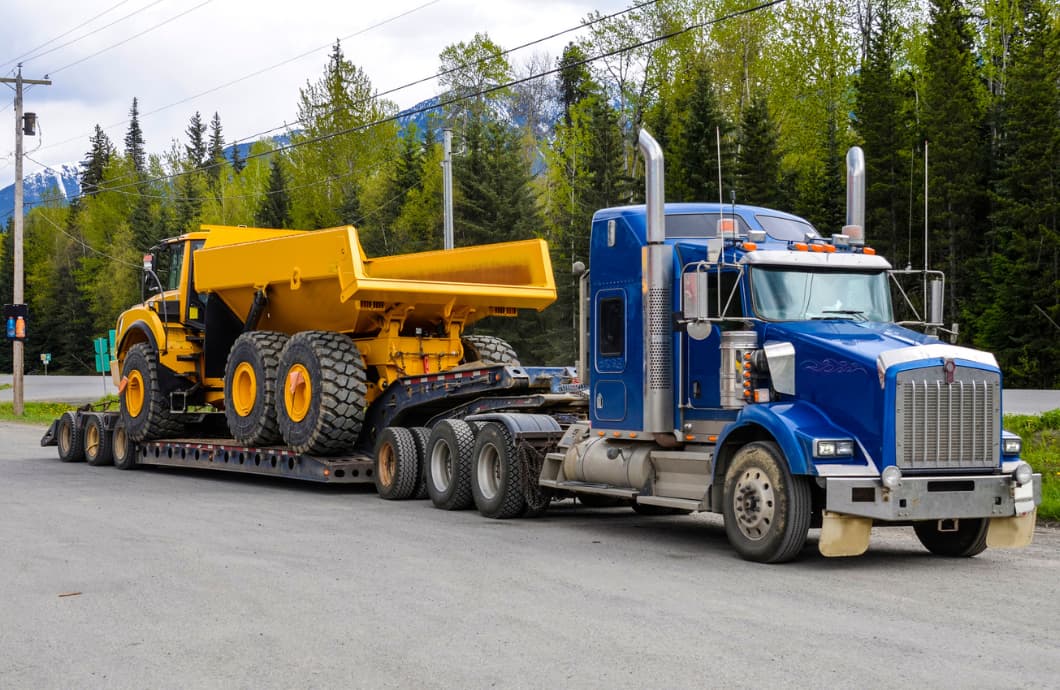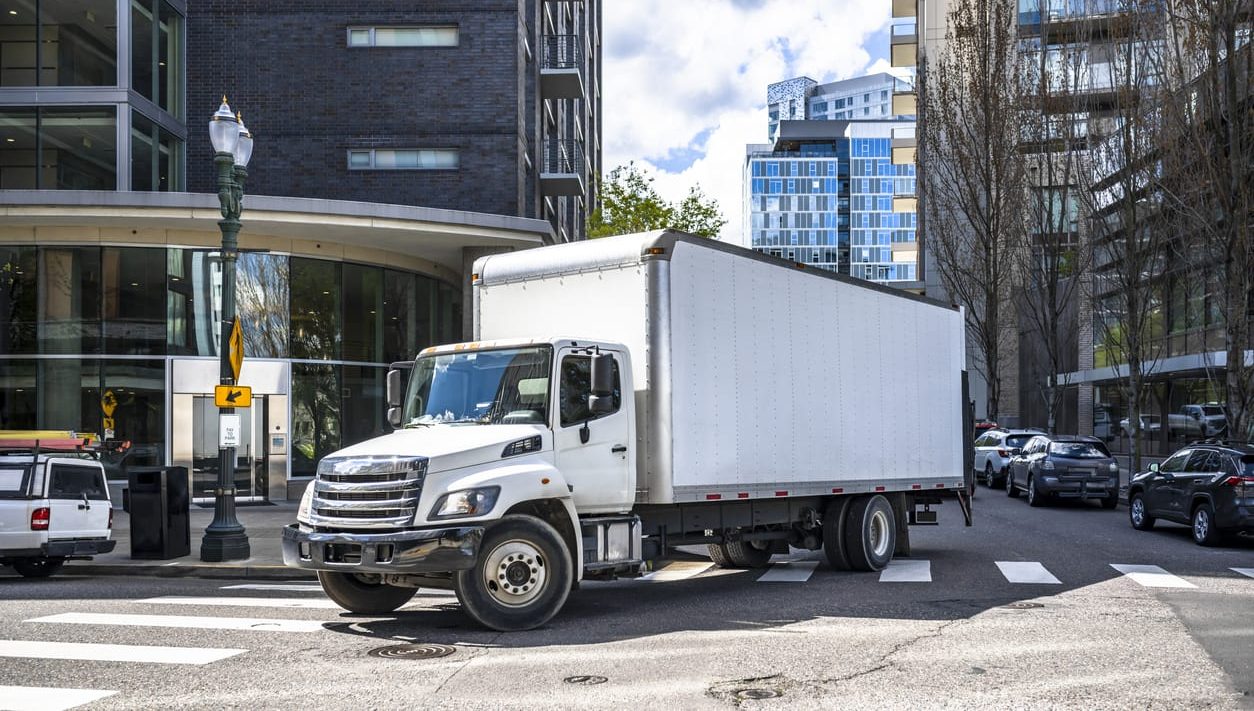Our Blog
Learn our last news

Trucking Risk Management: Risks and Compliance
With the inherent complexities and challenges involved in trucking operations, a comprehensive understanding of risk management in trucking is essential for businesses to thrive in this dynamic industry.

Cargo Theft Prevention: 11 Essential Strategies
In the dynamic realm of international trade, the freight forwarding sector serves as a pivotal hub, facilitating the smooth transportation of goods across borders. Yet, within this essential industry lurk shadowy forces of deception and misconduct, preying on unsuspecting entities.

What Is a Lowboy Trailer?
A lowboy trailer is a specialized trailer with two drops in deck height: one directly after the gooseneck and another right before the wheels. How does it differ from other types of trailers? Read the post.

FTL Shipping Basics: Essential Strategies for Successful Shipping
The method of shipping your cargo plays a crucial role in both the arrival time and the associated costs. The choice between full truckload (FTL) shipping and less than truckload (LTL) shipping can significantly impact your shipping experience.

Box Truck vs Cargo Van Differences
Understanding the nuances of box trucks and their diverse hauling capabilities is crucial for businesses considering commercial box trucks, small box trucks, and various box truck sizes for their freight shipping needs.

7 TRENDS SHAPING THE FUTURE OF SUPPLY CHAIN MANAGEMENT
Stay ahead in the evolving business environment by embracing the latest supply chain innovations that pave the way for a more resilient and responsive supply chain system.